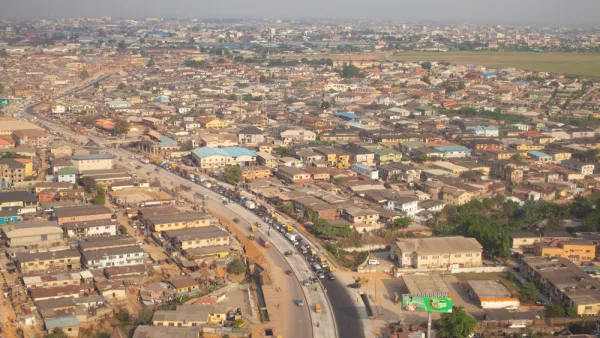As cities define our world in new ways every day, Penn Institute for Urban Research asked nearly dozen urban experts, “Why cities?”

When planned and managed sustainably and equitably, cities are engines of prosperity. In fact, cities contribute 70 percent of the world’s GDP. Yet, in many ways, cities have come to define and shape the overarching challenges of the 21st century: the speed and scale of their development is unprecedented. And housing the majority of the global population, cities are defining our world in new ways every day, raising complex questions about how to address the changes they bring to communities around the world.
With this in mind, and in conjunction with Penn's theme “Year of Why,” we asked more than a dozen urban experts, “Why cities?” In particular, we asked them to reflect on any or all of the following questions:
Cities throughout the world are growing in population and expanding in size—why is this? What are the most critical forces that are driving the new importance of urban centrality? How do they differ across the globe? How will urbanization impact inclusivity and sustainability? What are the common forces in global urbanization trends? How long will these trends last?
Their answers point to the centrality of cities in the future of our planet and its inhabitants, and shed light on how we can come to better understand and shape urbanization in the future.
FULL STORY: Expert Voices: Why Cities?

National Parks Layoffs Will Cause Communities to Lose Billions
Thousands of essential park workers were laid off this week, just before the busy spring break season.

Retro-silient?: America’s First “Eco-burb,” The Woodlands Turns 50
A master-planned community north of Houston offers lessons on green infrastructure and resilient design, but falls short of its founder’s lofty affordability and walkability goals.

Delivering for America Plan Will Downgrade Mail Service in at Least 49.5 Percent of Zip Codes
Republican and Democrat lawmakers criticize the plan for its disproportionate negative impact on rural communities.

Test News Post 1
This is a summary

Test News Headline 46
Test for the image on the front page.

Balancing Bombs and Butterflies: How the National Guard Protects a Rare Species
The National Guard at Fort Indiantown Gap uses GIS technology and land management strategies to balance military training with conservation efforts, ensuring the survival of the rare eastern regal fritillary butterfly.
Urban Design for Planners 1: Software Tools
This six-course series explores essential urban design concepts using open source software and equips planners with the tools they need to participate fully in the urban design process.
Planning for Universal Design
Learn the tools for implementing Universal Design in planning regulations.
EMC Planning Group, Inc.
Planetizen
Planetizen
Mpact (formerly Rail~Volution)
Great Falls Development Authority, Inc.
HUDs Office of Policy Development and Research
NYU Wagner Graduate School of Public Service





























